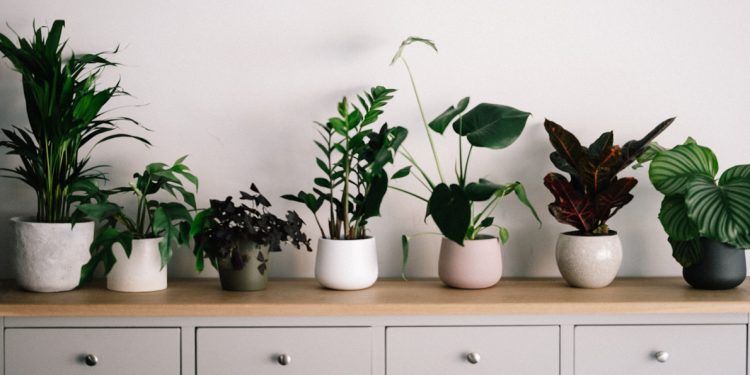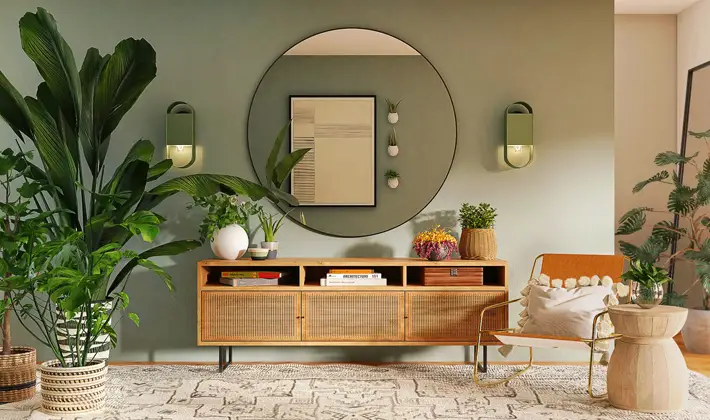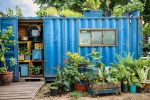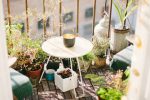Indoor Gardening: A Beginners Guide to Plant Care

Not everyone has access to an outdoor space. However, this doesn’t have to be as limiting as it first seems. Indoor gardening provides you with a lot of options regardless of whether you want simple indoor plants or to try your hand at growing your own produce. There are a lot of things to think about when trying to cultivate your own indoor garden; read on for more information.
Indoor Gardening Set-Ups
Indoor gardening allows plant enthusiasts to nurture a variety of plants and really get creative with their set-up. There are several common set-ups that you might want to consider when starting your indoor garden. Your choice will depend on the types of plants that you want to include in your indoor garden. Firstly, if you want to grow your own produce, then you might want to consider a hydroponic design which allows you to grow your own fruits and veggies inside all year round.
If your home gets a lot of light, then you could consider planting your own herb garden. You could also consider an air plant collection, which is a great option for those who are more limited on space or don’t like mess because, for the most part, their soil needs are minimal. Terrariums are another great option; they have very few maintenance or care needs which makes them easy to look after. Finally, you could also opt to curate a living wall; if you choose to do this, you will need to select plants with similar care requirements.
Plants to Consider
When it comes to creating your indoor garden, you need to first think about your end goal. If you want to grow your own produce, then you should start with vegetables like carrots, peppers, tomatoes and lettuce. They are the easiest to transition to indoor gardening. If you want to start on a smaller scale, then a herb garden is ideal. Herbs like thyme, chives, mint, basil and parsley can easily be grown indoors as long as you have enough light.
Otherwise, if you want to get started with houseplants, then you need to consider the space inside your home. For houseplants, The Stem should be your one-stop indoor plant shop. If you want a place to brighten up a room, but it doesn’t get much natural light, then you ought to consider some lowlight plants like a snake plant which thrives in all light levels. It also tends to do better when the soil is dry, which means it doesn’t need watering as much. Aloe Veras like indirect light, they need watering weekly, which makes them pretty easy to take care of. Anthuriums need to be placed somewhere out of direct sunlight. They need watering, but only when the soil is completely dry. The red flowers can also add a pop of colour to a room. There are also a number of plants that prefer bright, direct sunlight, like cactuses or palms.
Storing Your Plants
Once you have decided on your set-up, you need to think about how you are going to store your plants. Now, some of the set-ups mentioned above will obviously also act as the storage too. If you opt for a living wall, you will either have to use a wall inside your home or a room divider. If you go for a hydroponic set-up, then effectively, you will be growing your plants in water. Now, you can find hydroponic kits or set-ups for beginners, which can be placed anywhere in your home that you have room. However, if you are dabbling with a few varieties or with the hydroponic growing method in general, you might want to start on a smaller scale. You can transform pretty much any container into a hydroponic growing system. Consider the light requirements of your plants. They will likely need to be stored on the windowsill.
Air plants and houseplants can go pretty much anywhere. Again, you will need to consider their light and other care requirements. They can be placed on pretty much any surface depending on your design aesthetic. However, you can quickly run out of room, so if you are cultivating a collection, you might want to think more deeply about where you display them. For example, plant shelves are increasingly common. You could also use hanging plant systems or plant stands too. Again, think about your design aesthetic and what method would best suit the design of your home. You can also showcase your personality in your choice of pots.
Caring for Your Indoor Plants
Taking care of your indoor plants will depend entirely on the plants themselves. While the specifics will vary, there are several elements that will likely apply. Firstly, light; how much light does the plant need? Most indoor plants won’t have the same unfettered access to sunlight as outdoor plants, but positioning them well can ensure that they have their light needs met. Usually, the plants will have care instructions which will tell you what they need in terms of light. For example, some will need direct light, which usually means windowsills; others will need indirect light, which largely means that they can be put in any bright spot in the house, and some will prefer shadier conditions.
Unless you have opted for air plants or a hydroponic plant set-up, the likelihood is that your indoor plants will need soil. For the most part, this will mean a plant-specific potting mix. There are some general houseplant potting mixes that you can get, but some plants do have specific needs in terms of what they are grown in. Do a little research on your plants to see what they would thrive in. The next care element to consider is water. All plants need water to survive, but the amount will vary. There are a few indoor plants that are grown exclusively in water without soil. Some plants like cactuses or succulents need very little watering. Other plants will need a more regular watering schedule, especially if you are going to try to grow your own produce.
Some plants will need feeding or fertilising in order to reach their potential. You will need to make sure that they are getting the nutrients that they need. Again, most of the time, this will be mentioned in the care instructions. You can also do your own research into the plant and its needs. The final element to consider is the temperature or humidity of the room. Some plants need more humid conditions, which makes them ideal for the bathroom. If you have the space in your home, you could always choose to set up an indoor greenhouse of sorts.
The Bottom Line
Indoor plants can be used to compliment your interior design style. They can really help to add the finishing touches to a room. Caring for the plants can help to reduce your feelings of stress and leave you feeling calmer. Depending on the plant, you can also benefit from the removal of toxins and the purified air. Think about your skill level; some plants are more beginner-friendly than others, so remember to do your research to ensure that you have the capabilities to care for your houseplants.










